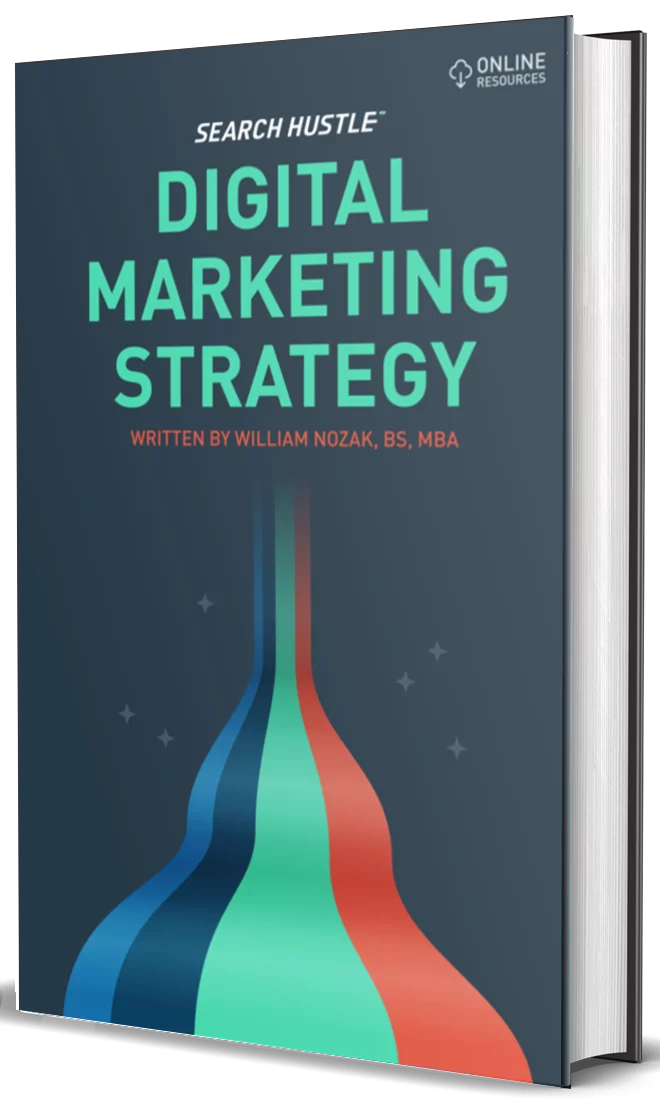What Can Search Engines See On Your Site?
Learn all about what search engines look at on a website with Search Hustle.
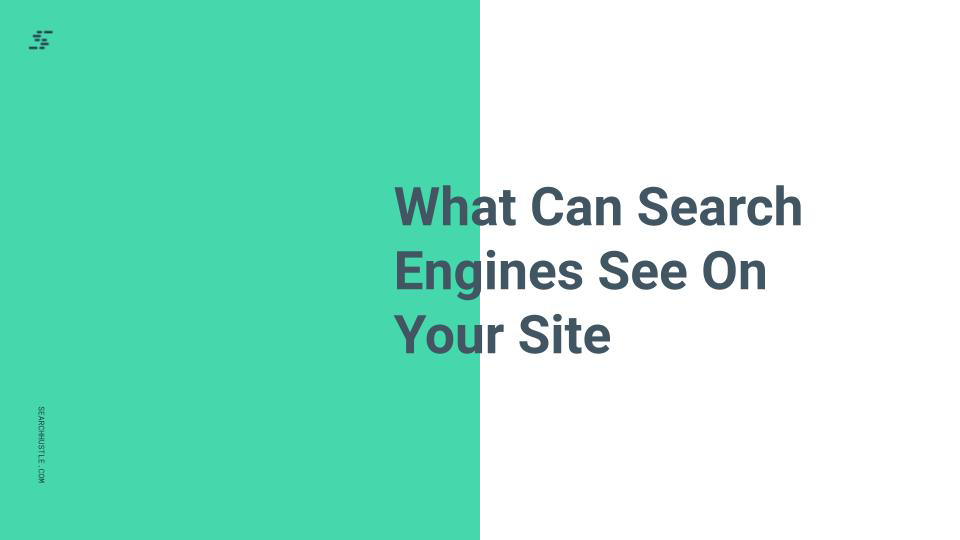
The amount of information a search engine can crawl and index on a web property is expanding. However, even with these advances, search engines have limits to their abilities. Consequently, the search engine is forced to rely on its crawlers to assess and rank websites.
Crawlers are software algorithms running on a set of parameters and operations repeatedly. They can look through the HTML code of a website and any text that has been published. This means websites look much different to a crawler than to our eyes.
Images, embedded flash programs, or anything beyond basic text and code are “understood” a little less clearly by the crawlers. As technology advances, the crawlers’ ability to interpret images & videos will only continue to improve.
However, the text will always be king in the context of a page. When the king is missing (i.e., a page does not offer much text), other signals can provide helpful information to the crawler. But the text is still the most valuable asset. Crawlers seek to understand what is on the page, even if they cannot see it.
The quickest way to understand what a crawler or spider looks at on a website is to view the actual code on the page. We can do this by right-clicking on a site and selecting “View Page Source.” This is the raw code and data a crawler will look at each time it visits your site. HTML, CSS, Javascript, text, file names – all visible elements.
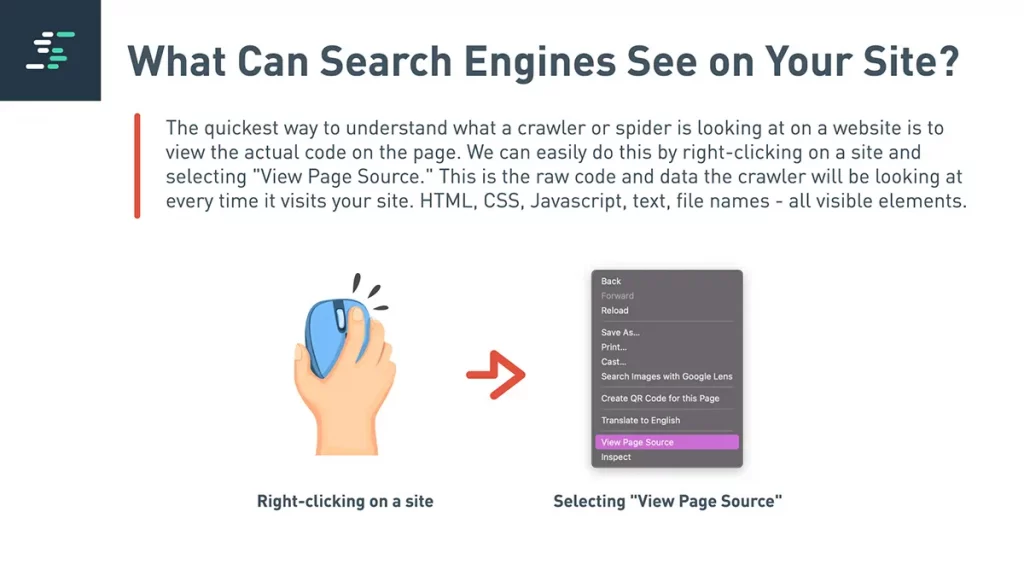
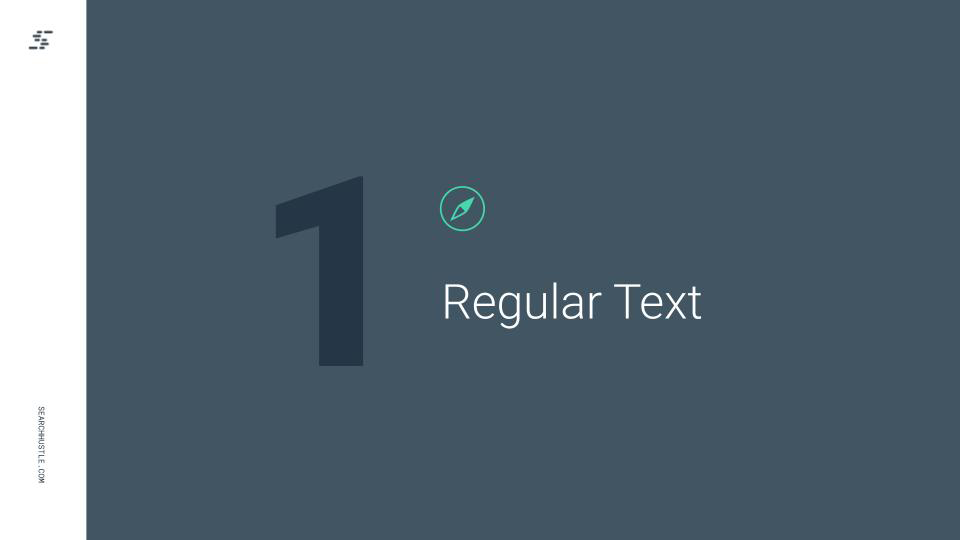
Regular Text
Looking at just the raw HTML code, you can still see the contents of the page text. Every word or article that is published is visible in plain, regular text. This is one reason why content is so important, as it is one of the few things that the crawler can “see” and read the same as a visitor.
In this way, the text becomes the more pronounced way of influencing the crawler. Keep in mind, the crawler will also have access to certain key analytics as well. It will know the number of visitors and how long they stayed along with what they viewed, which isn’t included in the regular text.
Page Title
The page title is one of the most important factors in ranking a given web page. It is the text that shows in the browser’s title bar (above the browser menu and the address bar).
You can see this within html by searching for a <title> tag </title>.
The reason why the title is so important is that it helps the crawler, or search engine, index and categorize the page. This allows the algorithm to place it on the SERP, as the value of the website and its content can be more easily understood.

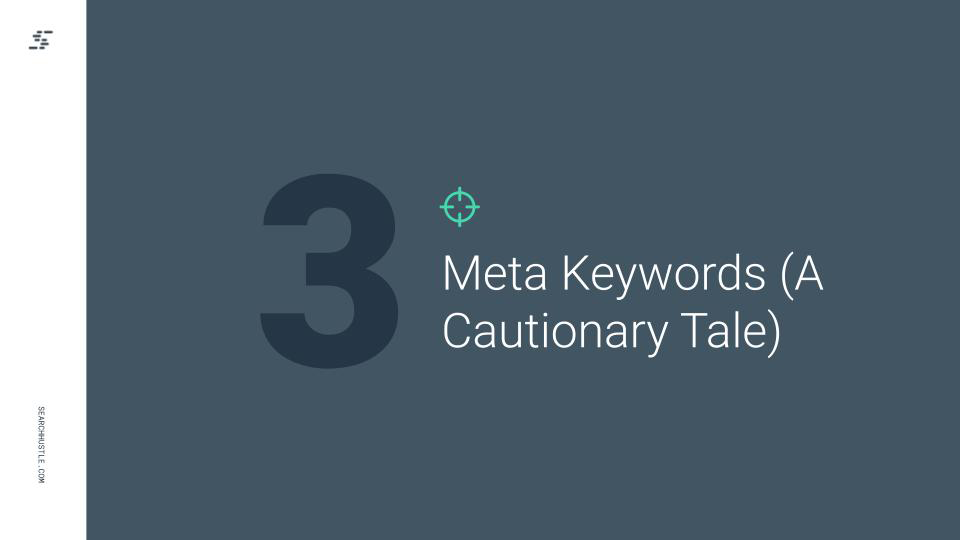
Meta Keywords (A Cautionary Tale)
Search engines previously used an additional tag known as a meta keywords tag, which allowed us to create a list of keywords that you wish to have associated with your web page. Spammers took advantage of this and used what we call “Black Hat SEO” techniques to manipulate search engine results specifically by violating search engine guidelines.
Don’t waste your time on meta keywords. They’re ancient history and a good reminder that there is a right way and a wrong way to do SEO. Current SEO still uses keywords, of course, but they are not located in the meta keywords. Instead, these keywords are used throughout the content in a natural, and informative way.
For example, if you wish to target an audience that would search for the question, “HVAC repairs near me” you would then use that as a keyword in the text. The hidden meta keywords are not only redundant, they were once used to exploit the desire of the search engine to find meaningful content for its users.
Meta Descriptions
Search engines also read the meta description tag for individual pages, and it is generally believed that search engines do not use meta descriptions directly for search engine algorithms, but they are a key component of your overall SEO health and can have a negative or positive effect on your rankings if not used properly.
As a digital marketer, the meta description is also our opportunity to entice a user to click on our search result listing by including information about the web page. This is because the user will be the one who sees this description on the search engine results page or SERP. Right next to the title, the meta description will be available for them to read.
A well-written meta description can have a significant influence on how many clicks you get or your CTR (Click Through Rate). While the meta description isn’t taken into account directly, the fact that you have increasing clicks or a rising CTR means that the search engine will list your page with more authority.
Don’t neglect your meta descriptions, as they are your first and best chance to draw attention to your article and make it stand out from the sea of search engine results the user has just received. Make them short, concise, and attractive, tailored to the audience that your content is trying to reach.
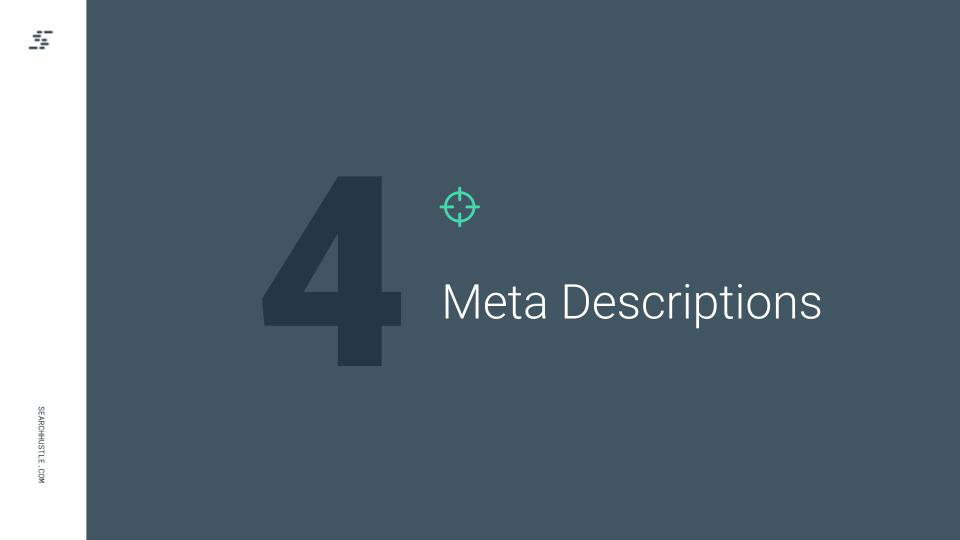
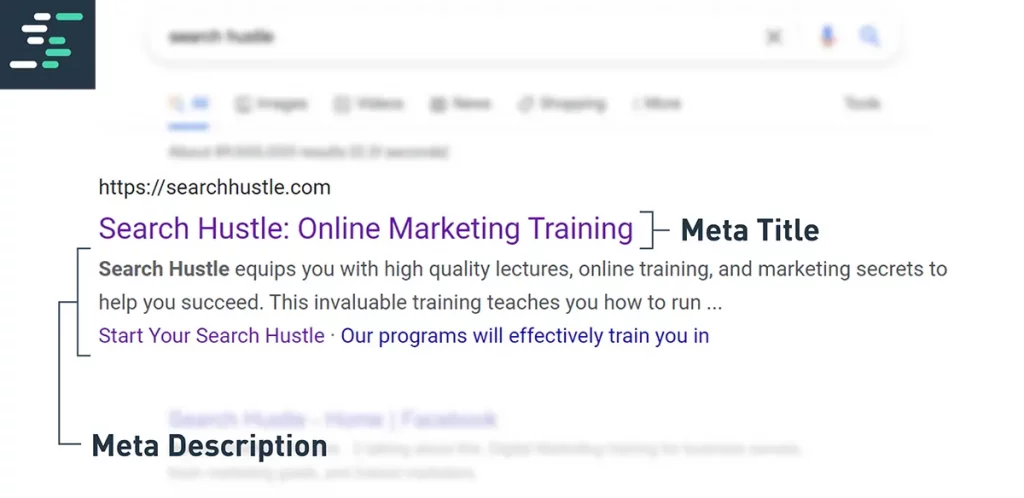
Alt Attributes
Alt attributes were originally created to assist two types of users:
- Visually impaired users
- Users who disable images for faster navigation of the web
Support for the visually impaired remains the primary reason for the necessity of alt text today and is especially emphasized by Google with Accessibility. It is expected that the importance of this will continue to increase in the coming years, so make sure this is not a missed opportunity.
But there’s another SEO advantage to alt text – Crawlers and Spiders read that alt text to understand what is on an image and how it plays into the overall content of a web page. Having a cohesive web page with images that have alt text and image title names that are related to your page’s primary keyword is a significant factor in SEO strategy for any given page.
When determining how to rank your website, all of this will be taken together as a whole package. If any area is missing, it will appear to the search engine to be wasted space. There won’t be any content in that section of the page, since the pictures and other media can’t be seen.
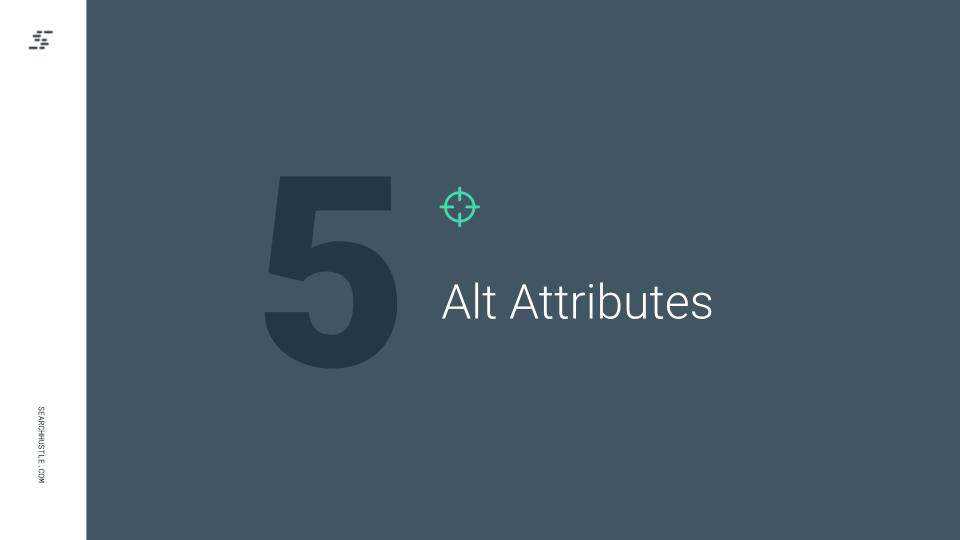
What Search Engines Can’t See?
Here is a list of aspects a search engine cannot see on a website:
- Actual images: Only alternative text (alt text) descriptions, titles, file names, and things of that nature can be seen. Even metadata in the file has value in some instances.
- Flash files: This is because flash uses multimedia content to create animations or moving pictures which fall into the same category as static images when a search engine crawls the page.
- Pictorial aspects of anything contained in flash: Including images made from text. Remember, you can see the formatting visible to the crawler by looking at the source code for the website.
- Any content contained within a software program: A search engine crawler cannot run a program or analyze one embedded in your website.
Optimizing your content for users and search engines is critical to long-term SERP success. Once you have created content that provides value to your visitors, ensure your content is spider-friendly. You must ensure your content can be easily analyzed and indexed by Google’s search engine crawlers.
Final Thoughts
Keeping your content optimized for both users and search engines is critical to long term SEO success. Once you have created content that provides value for your visitors, always take time to ensure that your content is spider-friendly and ensure that is can be easily analyzed and indexed by Google’s search engine crawlers.

Ready to Take Your Search Hustle Further?


